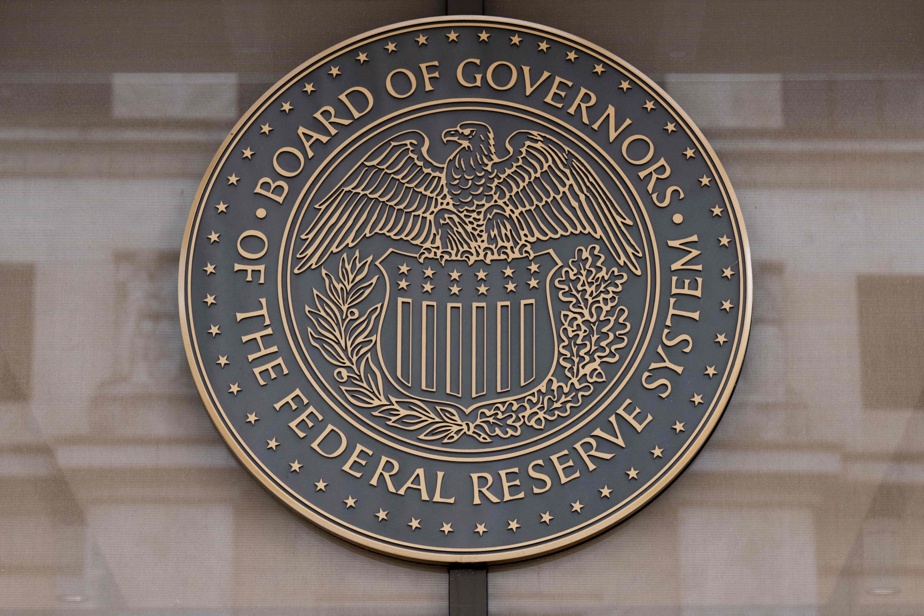(Washington) Growth in the United States in the third quarter was even stronger than initially announced, but economic activity has since started to slow down, according to the American central bank, a necessary condition to sustainably curb the ‘inflation.
The expansion of the gross domestic product (GDP) of the United States amounted to 5.2% at an annualized rate, between July and September, according to the second estimate of the Commerce Department, published Wednesday.
This is more than the 4.9% initially announced, and which already represented a doubling compared to the previous quarter. This revision is even stronger than expected, since analysts were counting on 5.0%, according to the MarketWatch consensus.
Growth was surprising with its strength in the third quarter. Households continued to spend, fueling the main engine of the American economy.
However, they had to devote a large part of their budget to expenses for electricity, health care and medicines, financial services and insurance. They had also purchased computer equipment and traveled.
The United States favors growth at an annualized rate, that is to say the growth that would be achieved over the entire year at this rate.
Other advanced economies simply compare each quarter to the previous one, which gives 1.3% for the United States in 3e quarter (compared to 1.2% published during the first estimate).
Degraded outlook
But the death knell for this vigorous growth may have sounded.
Economic activity thus slowed down at the end of October and the beginning of November, with disparities depending on the region, the American central bank (Fed) indicated on Wednesday in its “Beige Book”, a survey carried out among businesses and economic players.
“Overall, economic activity has slowed since the previous report,” which was published on October 18, it said. Eight out of twelve regions are seeing their activity stagnate or decline compared to six during the last “Beige Book”.
Of the 12 regions in the Fed structure, half reported “slight declines in activity,” and two reported “stable or slightly declining” conditions. Only four reported “modest growth.”
Economic activity, in fact, must slow down to bring inflation back to an acceptable level sustainably.
This is the objective of the Fed which, since March 2022, has been increasing its main key rate.
These are currently in the range of 5.25 to 5.50%, since July. The Fed left them at this level during its monetary meetings in September and November, so as not to weigh too heavily on economic activity.
Because the full effects of rate increases take time to be fully felt in the real economy.
“The economic outlook for the next six to twelve months has deteriorated,” also notes the Fed’s “Beige book”. The report also notes that price increases “have moderated significantly.”
On the labor market, the labor shortage that companies have been facing for more than two years, and which had caused wages to soar, helping to fuel inflation, seems less strong: “the demand for labor “labor continued to decline,” underlines the Fed.
The Fed’s preferred inflation measure, the PCE index, will be released on Thursday for the month of October. The CPI index, published earlier in the month, showed a sharp slowdown in inflation last month, to 3.2% over one year.
The next meeting of the Fed’s Monetary Committee will take place on December 12 and 13, and a further maintenance of rates at this level is mostly expected at this stage.
